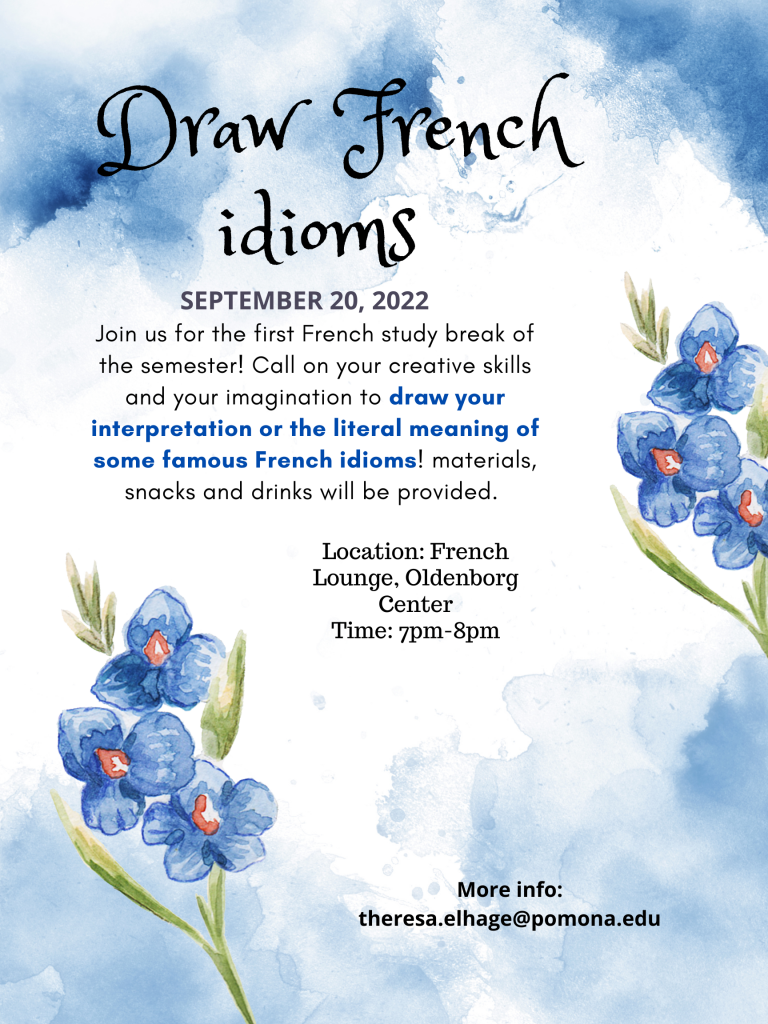Conversation Class Lesson Summary
Language Resident Name:
IVAN LUCIC
Day and Date:
Wednesday, 11/28/2018
Language and Level (intermediate or advanced class):
German, Intermediate
Class theme/topics discussed:
Art and painters
Goal of the class:
Get to know the vocabulary regarding art. Be able to describe a picture accordingly.
How did you structure the class?
Activity 1 (5 min): Quiz. First, we started doing a kahoot quiz. I prepared a quiz on famous painters and paintings. The students had to do the quiz on their own. The students got really excited and loved doing that.
Activity 2 (10 min): Interview. I asked the students to interview each other about art and museums. They asked each other how often they went to the museums, which museum they liked the most and which painter they liked the most. After that, we gathered the results in the big group.
Activity 3 (5 min): I told the students to gather as many terms they knew about art, specifically the tools they would need to paint and to draw. The winner got a small gift (candy). After that, we briefly talked about vocabulary regarding art by collecting all the tools you would need to paint and draw.
Activity 4 (10 min): I showed a famous painting of Salvador Dali and we tried to describe the picture as accordingly as possible by using phrases (in the front of the picture, in the back of the picture, etc). I also handed them a help sheet they could use in the next exercise. This exercise should prepare them for the next task.
Activity 5 (30 min): Drawing by hearing. I split the students in groups of three. One student would sit in the front, facing away from the screen. The two other students would look at the screen and try to describe the picture best to their knowledge. The student facing away would draw it. The students had 10 minutes for each picture. Then they would switch so everyone would be in the place of drawing. In the end we would look at all pictures. The one that looked the most similar won (and the group received candy as a reward).
What technology, media or props did you use? (internet resources, playmobiles, handouts, etc.)
Whiteboard, pen
PowerPoint presentation (see attached)
Help sheet (attached)
What worked well in this class?
What did not work?
The students really enjoyed the quiz! Also, they enjoyed drawing the pictures and explaining that to each other. They also drew really funny pictures!
How could this class be improved/ modified?
It was one of the best classes. I would keep it as it is.
If you have a more detailed lesson plan,
please attach it below (OK to use target language for that). Please attach any handouts as well.
Deutsch Fortgeschritten, 27.
November 2018
Hilfe für die Beschreibung
Im Vordergrund gibt es… – In the front there is…
Im Hintergrund gibt es… – In the back there is..
Auf der linken Seite des Bildes… – On the left side of the picture…
Auf der rechten Seite des Bildes… – On the right side of the picture…
In der Mitte des Bildes gibt es… – In the center of the picture there is…
Daneben – Next to it…
Davor – In front of it…
Dahinter – Behind it…
Hinten links sieht man…
Hinten rechts sieht man…
Vorne links sieht man…
Vorne rechts sieht man…
INT-28.11.2018





